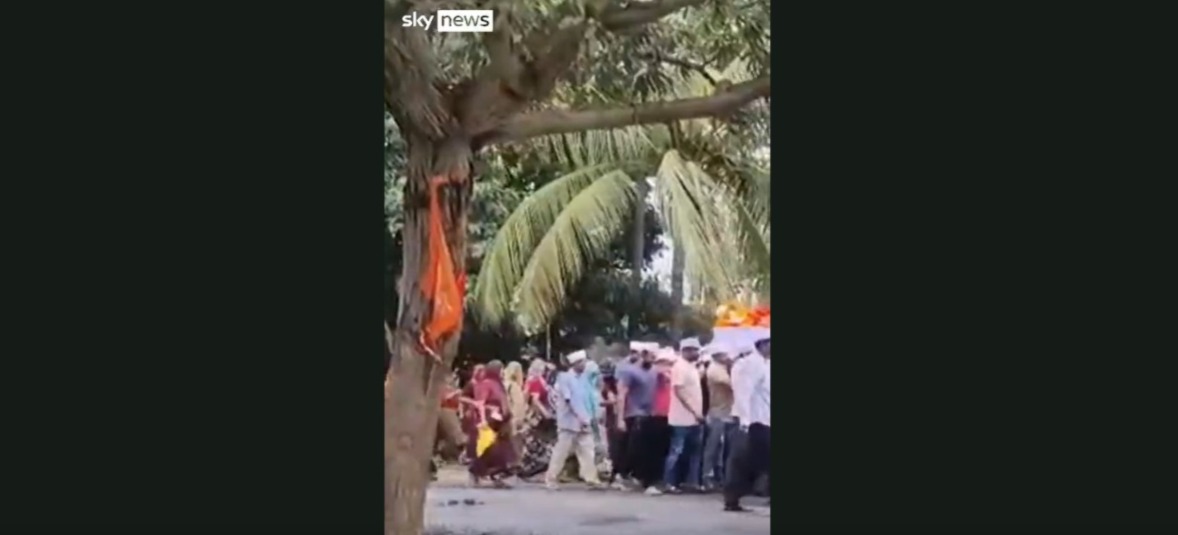A British man who was the sole survivor of the Air India crash in Ahmedabad has been discharged from hospital, the airline has confirmed.
Vishwash Kumar Ramesh, 40, has since been seen in video as a pallbearer at the funeral in western India for his brother Ajay – one of the 241 people killed in the crash.

At least 30 people also died on the ground as the Boeing 787-8 Dreamliner struck a medical college hostel shortly after take-off from the airport in the state of Gujarat on Thursday.
In a statement, Air India said it was “in mourning for the tragic loss” of passengers and crew aboard Flight AI171 and is in contact with relatives of those killed, including 52 British nationals.
It said it was working to repatriate the deceased to the UK and other parts of the world, adding: “The sole survivor of the accident, also a British national, has been discharged from hospital.”
“The investigation is ongoing,” it said. “We are cooperating with all parties involved and are committed to sharing verified information and will continue to provide updates wherever we can.”
On Flight AI171 to Gatwick, there were 169 Indians, 53 Britons, seven Portuguese, and one Canadian among the passengers, along with 12 crew.
The only survivor, Mr Ramesh, was in seat 11A, near the emergency exit. Speaking from his hospital bed on Friday, he explained how he “managed to escape by jumping out the emergency door”.
British response ‘disorganised’
The families of three people from Gloucester, who were killed in the crash, have issued a critical attack on the UK government’s response, adding to comments on Monday that they “felt utterly abandoned”.
Husband and wife Akeel Nanabawa and Hannaa Vorajee were on a trip to India with their daughter Sara Nanabawa, who was four.
The Nanabawa and Vorajee families described their “immense loss” and reflected on the “beautiful memories we shared”. In a joint statement, they also expressed their frustration at British authorities.
“Regrettably, the recovery process itself was marred by a lack of basic coordination and proactive communication,” they said.








